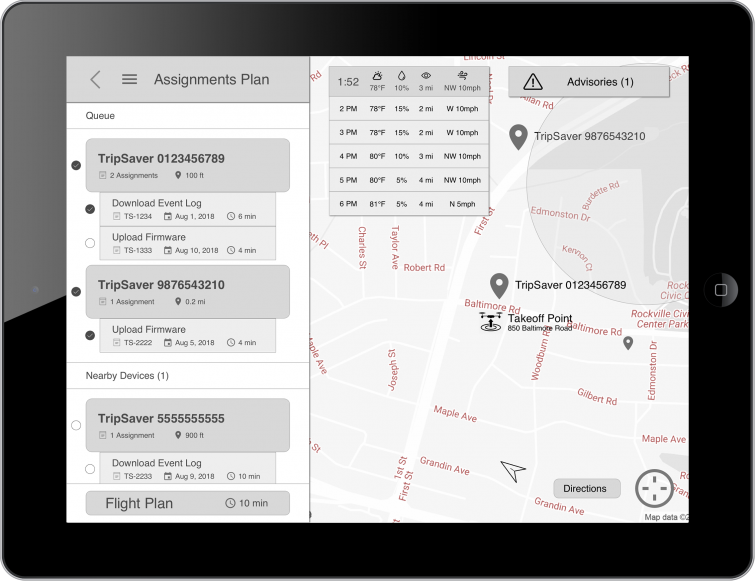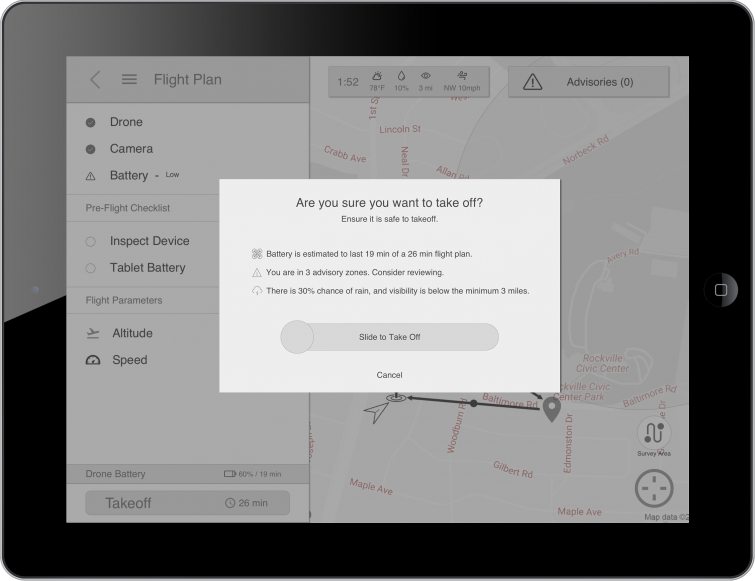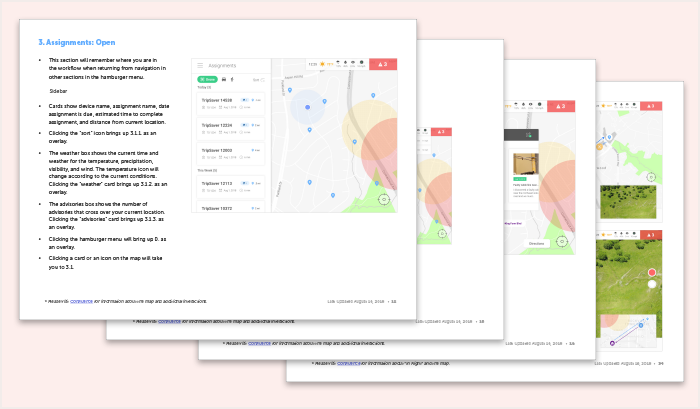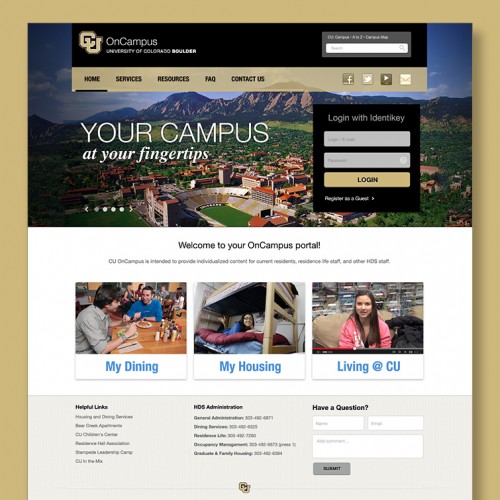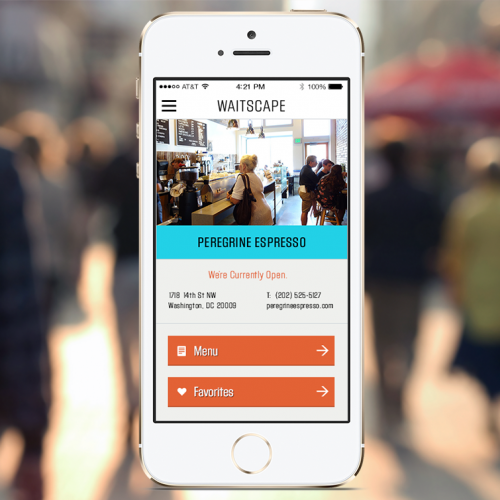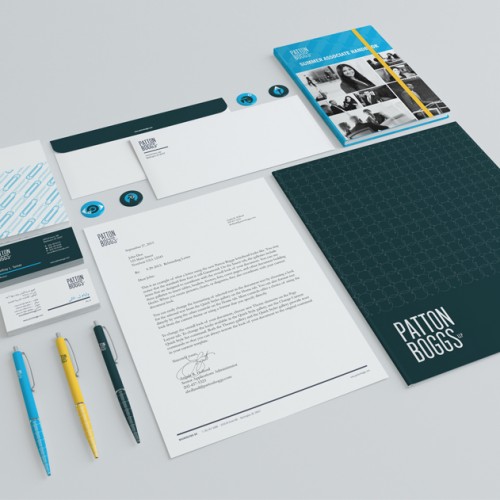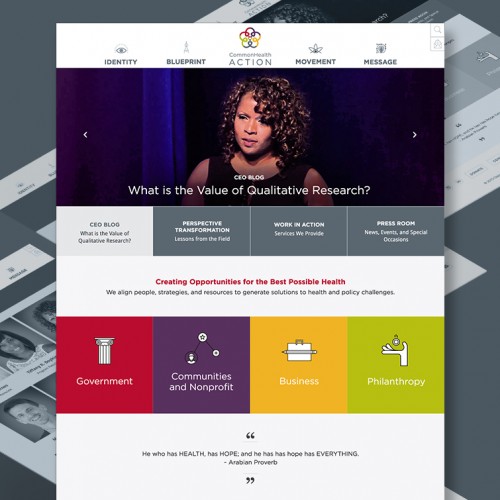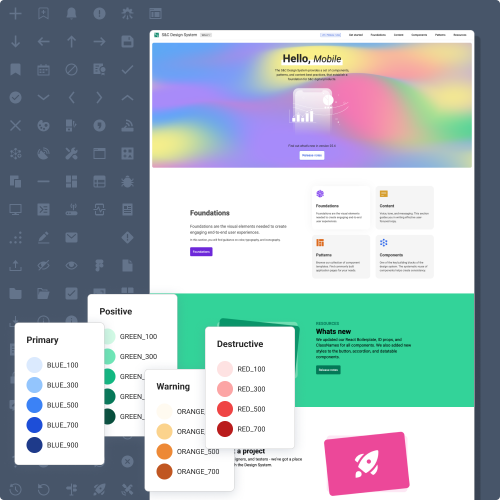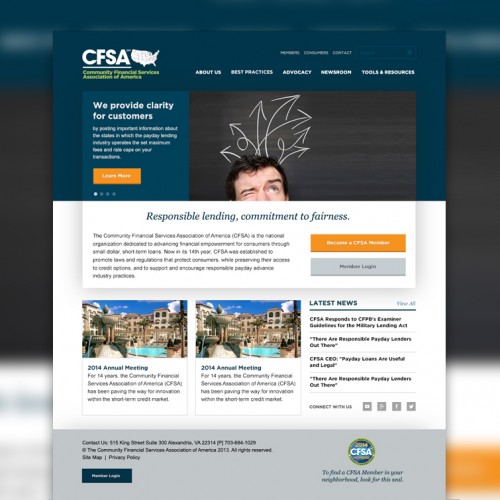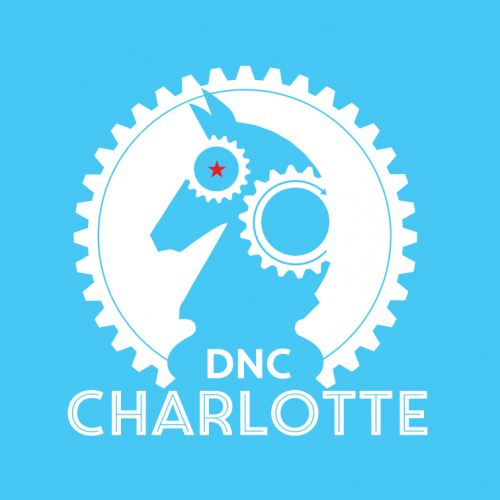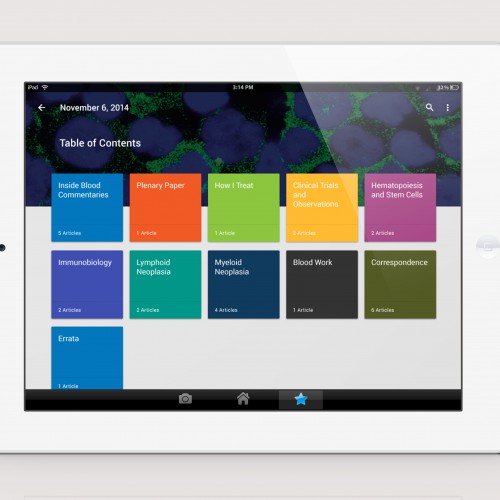Reducing Truck Rolls Through a Drone-Controlled Workforce App
Project Overview
As part of a cross-functional 3-month internship program, I led the design effort for an innovative solution aimed at reducing truck rolls—a major cost and efficiency issue for utility companies. The initiative focused on the development of an automated workforce application that could control drones for remote maintenance tasks involving legacy TripSaver(TS) devices. Our goal was to reduce the need for field technicians to visit remote electrical equipment sites in bucket trucks by enabling autonomous drone deployments.
Team Structure
- Intern Cohort: 9 interns (design, software engineer, and computer vision)
- Leads: 3 team leads (including myself as UX Design Lead)
- My Role: Lead UX Designer, mentoring 2 design interns and driving the mobile experience strategy
Project Goals
We set out to design a mobile app that could interface with an autonomous drone system, with the following key capabilities:
- Automate NARC Device Deployment: Launch and navigate a drone to deploy a NARC device to a legacy TripSaver (TS).
- TS Connectivity: Establish a secure connection with the TS device to enable remote interaction.
- Data Exchange: Push commands and retrieve diagnostic data from the TS unit.
- Visual Inspection: Capture images and/or videos of the inspection site based on technician-defined inputs within the mobile app.
UX Design Approach
I led our design interns through an agile, user-centered design process:
- Discovery: Mapped user needs by consulting with field technicians and drone engineers.
- Wireframing & Prototyping: Developed low- to high-fidelity prototypes in Figma, focusing on usability in field environments (glove-friendly UI, minimal screen flow).
- Testing & Iteration: Conducted internal usability tests to refine the mobile app interface for mission control, including map views, mission plans, and media capture controls.
- Integration: Collaborated with drone software engineers to align interface components with flight control and NARC deployment APIs.
Outcomes & Impact
- Two Patent Submissions: The project led to the submission of two patent applications related to autonomous deployment and remote maintenance—currently pending with the USPTO.
- Cross-functional Innovation: Successfully integrated software, hardware, and UX design disciplines across a highly collaborative internship team.
- Final Presentation: Our internship team delivered a live demo and report-out video to the leadership team, showcasing a fully functional prototype of the mobile app and drone system in action.
Reflection
This project exemplified the power of interdisciplinary collaboration and thoughtful design leadership. Guiding design interns through the complexities of real-world constraints while aligning with technical feasibility and business goals was an incredibly rewarding experience. The patents pending are a testament to the originality and potential impact of our solution on the utility industry.

